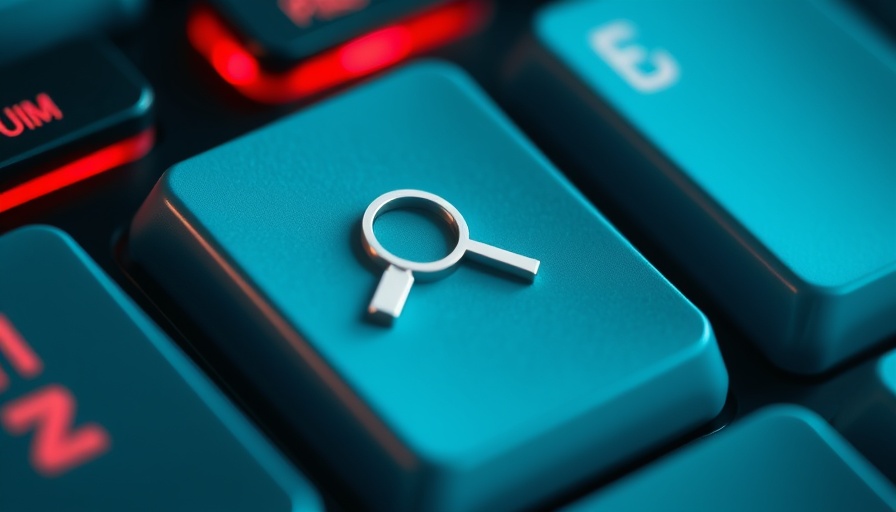
Understanding the Rise of Deepfake Technology
As technology evolves, so does the risk associated with it. Deepfakes, which involve using AI to create realistic-looking fake videos or audio, have raised significant concerns in recent years. Everything from social media to politics can be impacted by someone's likeness or voice being manipulated so cleverly that it’s often hard to distinguish from the real thing. Given this, it’s understandable why students and young people, who are so active online, might feel anxious about AI detection today.
Initiatives for Combatting Deepfakes
In response to the deepfake threat, companies are forming strategic partnerships to enhance detection capabilities. For instance, Reality Defender has teamed up with PlayAI to use AI-generated voice data to improve its detection tools. Reality Defender's CEO noted that collaborating with creators of voice technology is crucial to understanding and combating the tools used in fraudulent activities. This proactive measure reflects a growing trend in the tech industry: develop solutions to counter threats arising from one's own innovations.
Real-Time Detection in an Evolving Digital Landscape
Another initiative involves KOBIL collaborating with the Technical University of Darmstadt to improve deepfake detection in real-time. KOBIL is integrating a specialized tool known as VoiceRadar to optimize identity verification efforts in their Secure SuperApp platform. With the ability to detect deepfake voices as they occur, this technology exemplifies the urgent measures being taken to ensure safety in the digital world.
The Role of Defensive Partnerships Against Deepfake Threats
Doppel has also taken steps by partnering with GetReal Security. This duo aims specifically to combat threats such as executives being impersonated through deepfake technology. With executives increasingly targeted through social engineering attacks using synthetic voices, the partnership aims to enhance protective measures for those individuals who are especially vulnerable. Their work highlights the importance of making defenses accessible across various sectors.
Why Awareness Matters
If you’re a student, understanding the implications of deepfake technology can lead to better awareness of online content. A good rule of thumb is to maintain a healthy skepticism regarding any audio or visual media you encounter. This understanding can empower young individuals to navigate the digital landscape with a little more caution and confidence. Enhanced awareness around these advancements can help mitigate fear and allow students to engage more thoughtfully with technology.
Embracing Responsible Tech Usage
Part of the solution lies in promoting ethical and responsible technology use. As partnerships like Reality Defender and PlayAI foster tools to help us detect fakes, it's equally important for individuals, especially students, to advocate for healthy usage of technology enabling trust and accountability. The intersection of AI and human interaction provides not just challenges, but also opportunities for growth and responsible innovation.
In summary, the movement towards improving deepfake detection signifies how we can harness the very technology that poses a threat into something beneficial. As a student, remaining informed about these advancements can help you navigate your digital journey with assurance. For those who want to bypass AI detectors with ease, consider checking this resource, which might assist you in feeling more secure online.
 Add Row
Add Row  Add
Add 




 Add Row
Add Row  Add
Add 

Write A Comment